Scientists are finally unlocking what’s been hidden for eons.
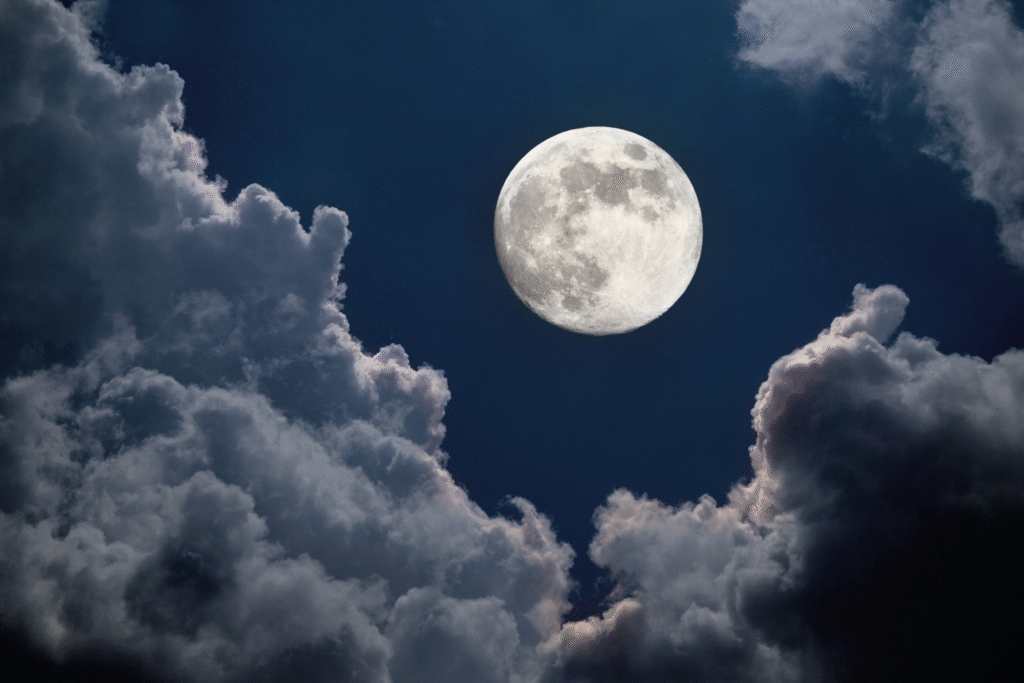
For decades, the far side of the Moon—the side we never see from Earth—was treated like the universe’s attic. Mysterious, dusty, and largely unexplored, it was more rumor than reality. That changed when new spacecraft began orbiting and landing there, revealing a world that’s nothing like the bright, familiar face we see every night.
What they’ve found is rewriting what we thought we knew about lunar history, planetary formation, and even the building blocks of life. These aren’t vague mysteries—they’re tangible, measurable discoveries that are finally giving the Moon’s darker half the attention it deserves.
1. The oldest crater in the solar system may be there.
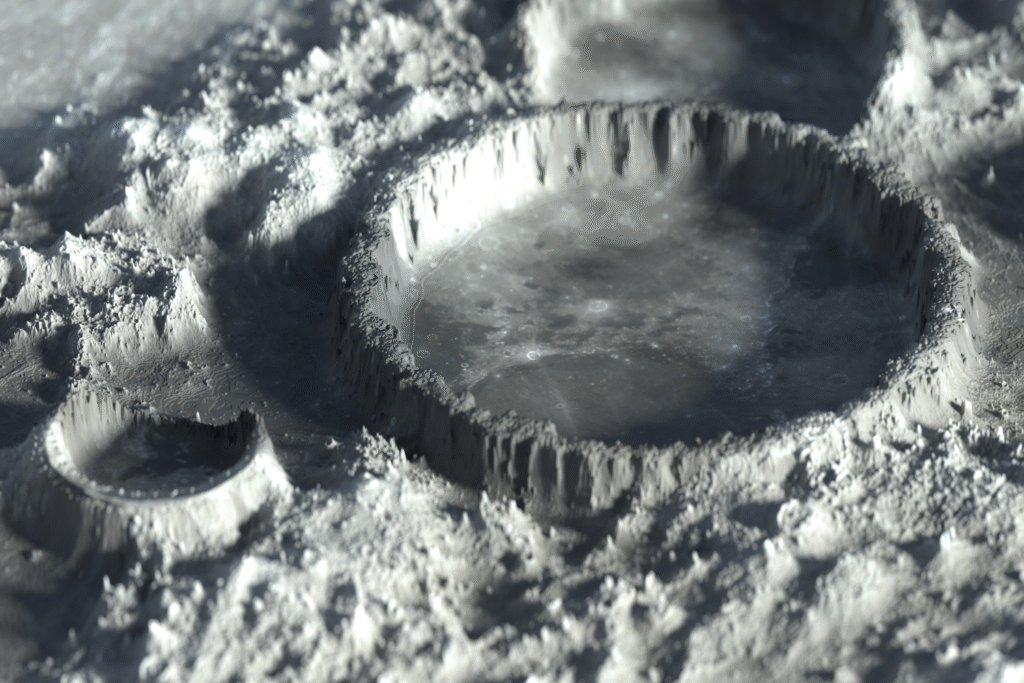
The far side’s South Pole, Aitken Basin is so massive it could swallow Mount Everest several times over. Scientists believe it’s one of the oldest craters in the solar system, dating back more than 4 billion years. This ancient scar offers a direct look into the Moon’s deep interior. According to NASA’s Lunar Reconnaissance Orbiter data, the basin’s minerals are vastly different from those on the near side, suggesting it was formed by a cataclysmic impact that reshaped the Moon itself. That event may have even influenced how Earth evolved afterward.
The basin’s depth and chemical makeup keep researchers hooked. Every new sample and image adds clues about what early planetary collisions were like, long before humans or even oceans existed. The crater acts as a natural archive—an untouched geological diary still waiting for someone to finish reading it.
2. A massive chunk of metal lies buried underneath.
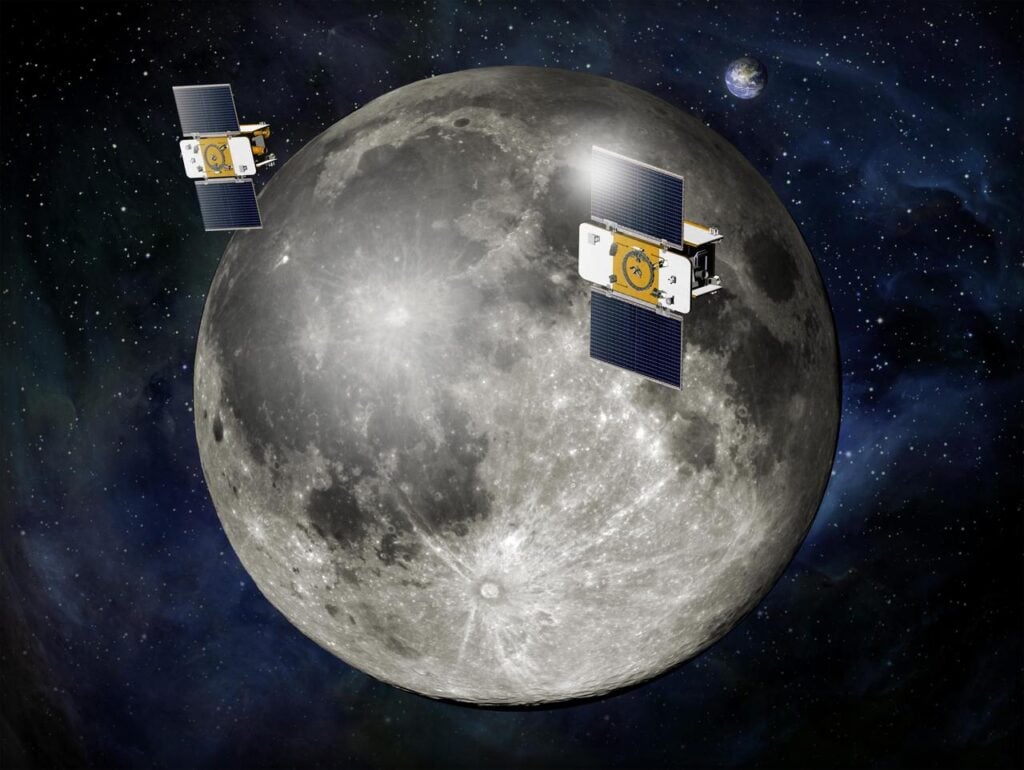
A hidden metal mass roughly the size of Hawaii sits beneath that same crater. Scientists using NASA’s GRAIL mission discovered it through subtle gravitational changes on the Moon’s surface. The data suggests the metal could be remnants of an asteroid core that slammed into the Moon and got trapped beneath the crust, as stated by Geophysical Research Letters.
It’s mind-bending to think that a chunk of alien metal is sitting there quietly, distorting the Moon’s gravity. Researchers say it weighs nearly 2.4 quintillion tons. If you were standing above it, you wouldn’t see it, but instruments would detect the extra pull. This invisible weight might even explain the uneven thickness between the Moon’s near and far sides.
3. Radio silence makes it perfect for deep-space listening.
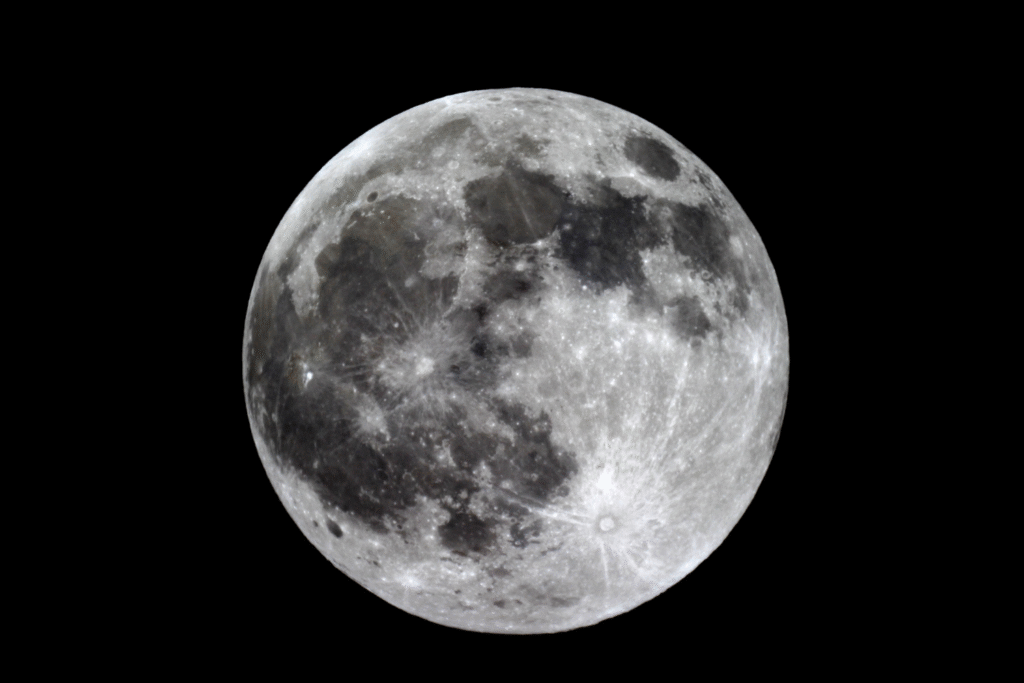
The far side of the Moon is the only place in the solar system completely shielded from Earth’s radio chatter. That isolation makes it an unmatched spot for studying cosmic signals billions of years old. As reported by the European Space Agency, this “radio quiet zone” could become a hub for future space telescopes designed to capture faint whispers from the early universe.
This idea isn’t just theoretical. Plans are already in motion for radio observatories tucked into lunar craters, where they could listen uninterrupted to signals that can’t be detected on Earth. It’s poetic in a way—using silence to hear the universe’s oldest voices.
4. Lunar soil there is thicker and stranger than expected.
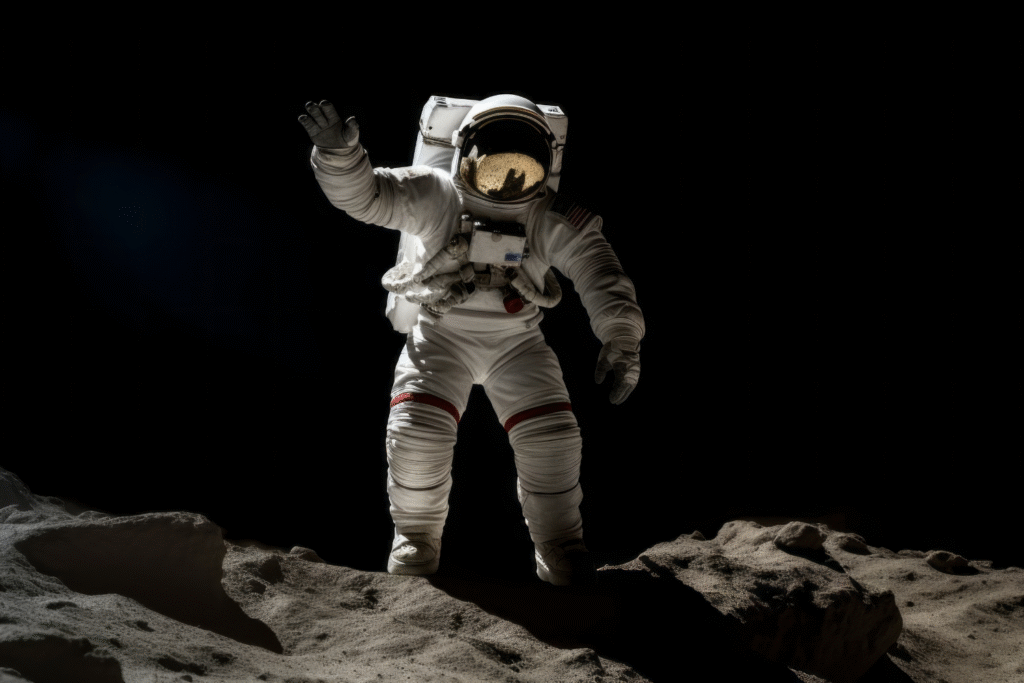
Unlike the near side, which has smoother plains of ancient lava, the far side’s soil—known as regolith—is rougher, deeper, and packed with mysterious glass-like fragments. The difference likely traces back to the Moon’s violent beginnings. Without the same volcanic flows that smoothed out our side, the far side’s terrain stayed jagged and raw, preserving its scars from early impacts.
This denser soil also makes landing there trickier, which is why so few missions have attempted it. China’s Chang’e-4 probe, the first to land on the far side in 2019, confirmed how unpredictable the terrain really is. Its findings hinted that this untouched dust may hold clues about how the Moon cooled and aged unevenly over billions of years.
5. There might be water ice hidden in shadowed craters.
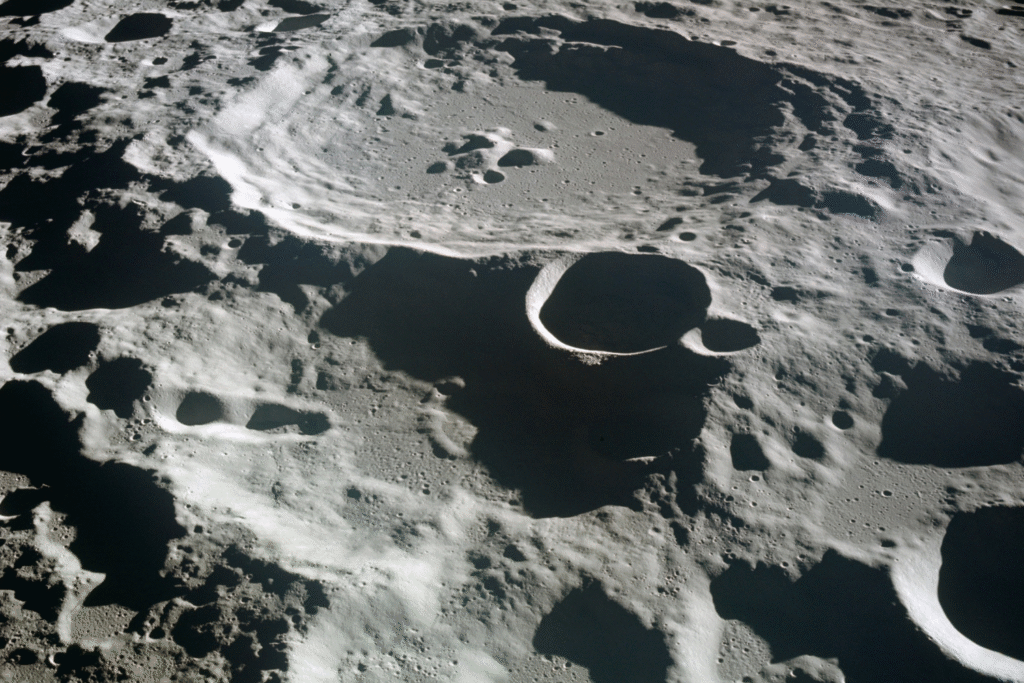
Some craters on the far side never see sunlight. Within those perpetual shadows, temperatures drop below minus 400 degrees Fahrenheit—cold enough to trap and preserve ice for eons. Scientists believe these icy pockets could hold water older than humanity itself, offering future astronauts a priceless resource.
What’s wild is that this water may have arrived via comets or solar wind, then remained untouched. Robotic missions plan to drill into these frozen vaults soon, hoping to reveal how volatile materials survive in such extremes. It’s both a practical and philosophical quest: water means the potential for life, even in places that seem utterly lifeless.
6. The crust is much thicker than on our side.
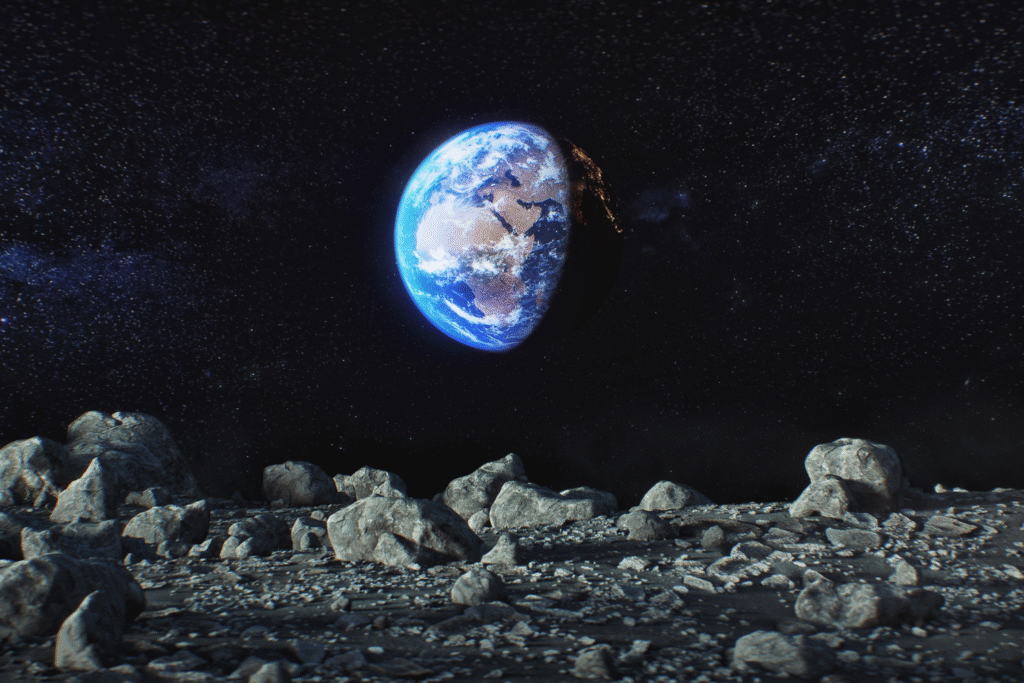
When researchers compared the far side’s crust to the near side’s, they found a major imbalance. The far side is denser and nearly 20 miles thicker on average. One theory is that early Earth’s heat caused the near side to cool slower, creating more volcanic activity there, while the far side solidified quickly into a rocky, uneven fortress.
That difference explains why we see so many “seas” and lava plains on our side but hardly any on the other. Essentially, the Moon’s face became the dynamic, expressive side, while the back remained the stoic record of ancient violence.
7. It may contain untouched remnants from Earth’s early crust.
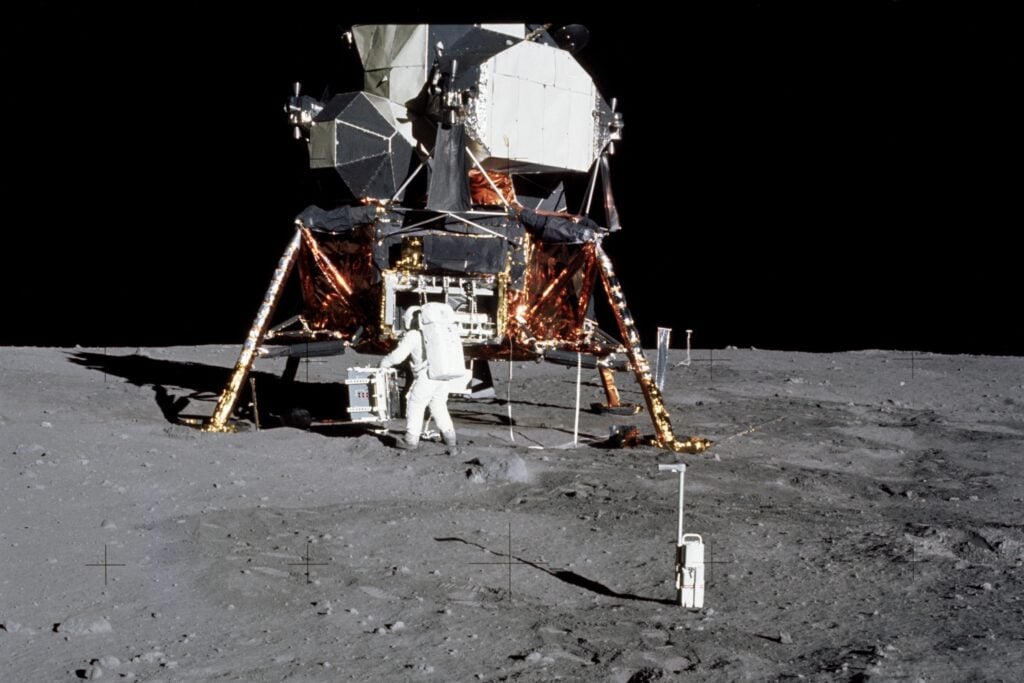
When giant impacts hit the young Earth, some debris likely reached the Moon. Because the far side’s surface has stayed relatively stable, those materials might still be embedded there. Scientists think samples from these regions could contain traces of early Earth rock, possibly older than anything we’ve ever found here.
Future sample-return missions are expected to test this theory. If confirmed, it means pieces of our own planet’s earliest skin have been hiding just out of sight for billions of years—quietly orbiting us like a cosmic mirror.
8. A mysterious magnetic anomaly still has no clear source.
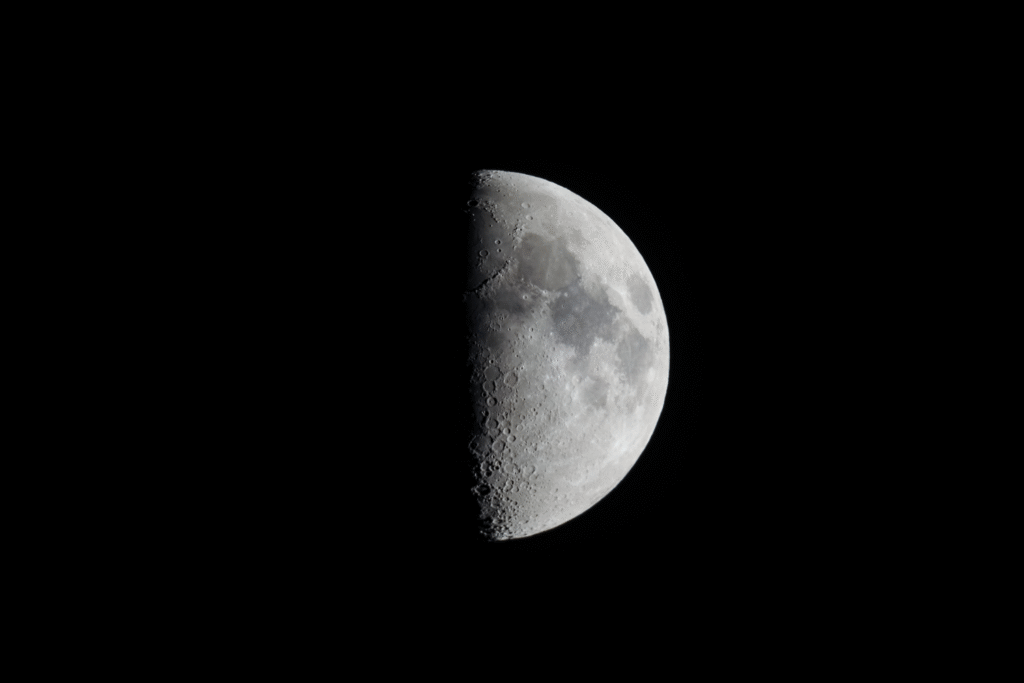
At the Moon’s northwestern far side, instruments picked up an odd magnetic signature. It’s small but persistent, and its origin doesn’t match any visible features. Some scientists suspect it’s linked to buried metallic material from an ancient impact, while others think it’s remnants of an old magnetic field frozen in the crust.
The puzzle matters because it challenges how we think the Moon lost its magnetism. Whatever caused it, the anomaly proves that the far side still holds surprises buried beneath its silent dust.
9. The far side’s view of space is unlike any other.
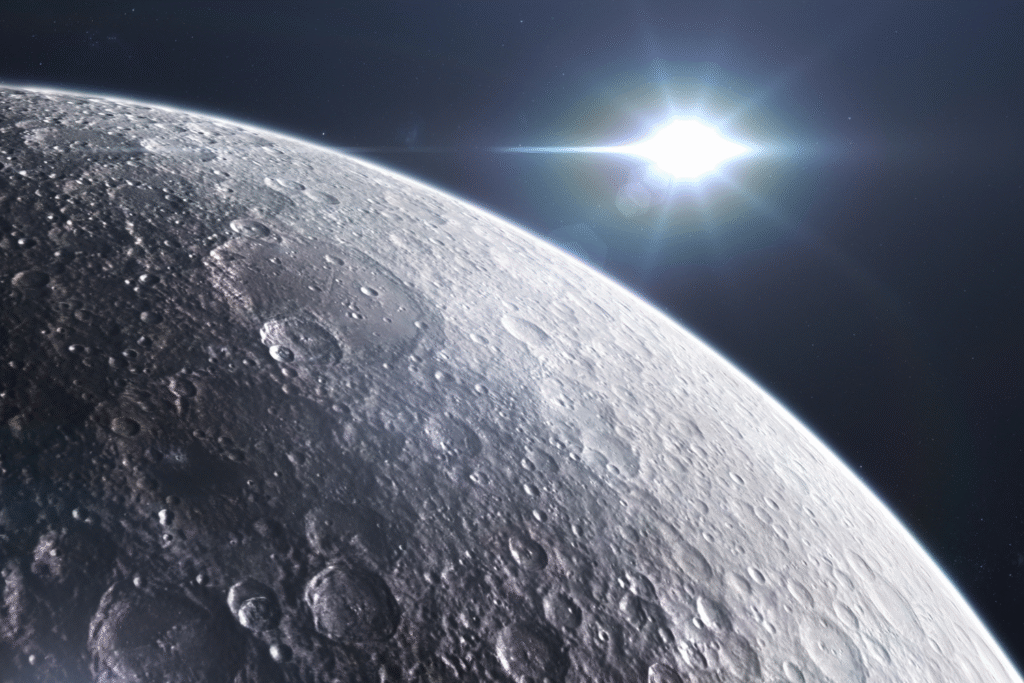
From that hidden hemisphere, Earth never rises. Instead, the stars hang steady, untouched by light pollution or atmospheric shimmer. Astronomers say it’s the purest sky a human could ever see. If future explorers establish bases there, they’ll witness an unchanging panorama that could make even the most advanced telescopes jealous.
And maybe that’s the greatest secret of all. The Moon’s far side isn’t just a darker version of what we know—it’s a completely different world, one that’s been watching us from the shadows, waiting for the moment we’d finally turn around.
